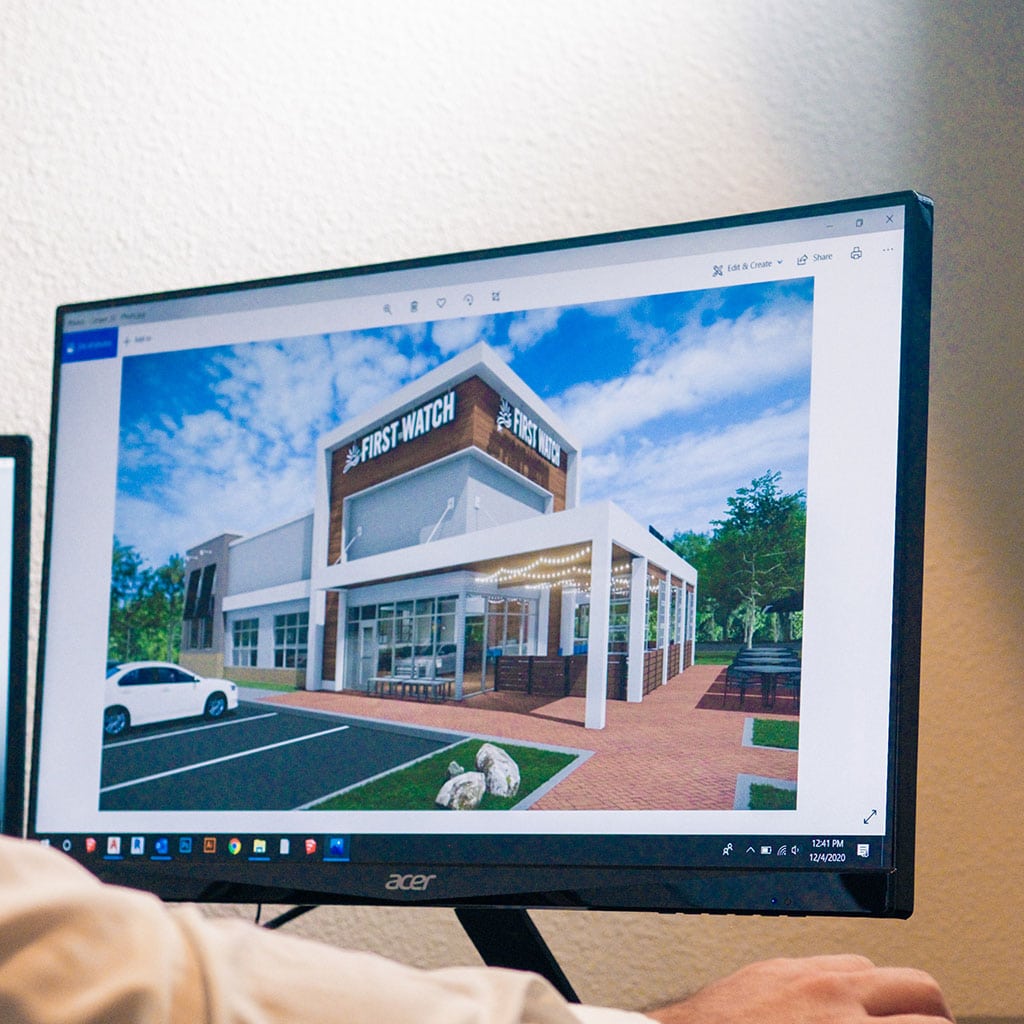Can MacBook run AutoCad?
Can MacBook run AutoCad?
Running AutoCAD on a MacBook offers professionals and creatives the potential to harness powerful design and drafting capabilities, albeit with certain considerations due to software compatibility and system requirements.
Can a MacBook handle the power of AutoCAD?
Yes, a MacBook can run AutoCAD, but it’s essential to understand the software’s compatibility, system requirements, and performance considerations. AutoCAD, a renowned computer-aided design (CAD) software, is available for macOS, allowing Mac users to utilize this powerful tool for various design, drafting, and engineering tasks.
AutoCAD offers a dedicated version specifically designed for macOS, known as AutoCAD for Mac. While this version may not have all the features and functionalities identical to the Windows version, it provides comprehensive tools for creating, editing, and analyzing designs on a Mac platform. Additionally, users can run the Windows version of AutoCAD on a MacBook by using virtualization software like Parallels Desktop or Boot Camp to create a Windows environment. This allows access to the complete AutoCAD features available in the Windows version, although it requires a Windows license and sufficient system resources.
System requirements for running AutoCAD on a MacBook or any computer generally involve considerations such as processor speed, RAM, graphics card, and available storage space. High-performance MacBook models with powerful processors, sufficient RAM (usually 8GB or more), dedicated graphics cards, and ample storage space are recommended for smooth and efficient operation, especially when dealing with complex designs or 3D models. Users should verify compatibility and ensure their MacBook meets or exceeds the recommended system requirements specified by AutoCAD for optimal performance.
While AutoCAD is functional on a MacBook, users might experience differences in performance between the macOS and Windows versions or encounter occasional software glitches due to the emulation process when using virtualization software. Hence, considering the specific requirements of AutoCAD and the MacBook’s capabilities is crucial for a seamless and productive experience.
Do I need to adjust any settings for optimal AutoCAD performance in virtualization tools?
When using virtualization tools like Parallels Desktop or Boot Camp to run the Windows version of AutoCAD on a MacBook, specific settings and configurations can enhance AutoCAD’s performance. For instance, configuring the virtual machine settings within Parallels Desktop or allocating sufficient system resources like CPU cores, RAM, and GPU resources to the virtual environment can optimize AutoCAD’s functionality. Increasing the dedicated RAM allocation for the virtual machine improves multitasking capabilities, especially when handling resource-intensive tasks like 3D rendering or complex 3D design processes within AutoCAD. Additionally, assigning a higher portion of available CPU and GPU resources to the virtual environment can result in faster CPU and GPU performance, enhancing the overall speed and responsiveness of AutoCAD, particularly for rendering and design operations.
Considering the transition to Apple Silicon and the shift from Intel-based Macs, users might witness improvements in performance due to Apple’s faster CPU and GPU performance capabilities. Utilizing virtualization tools optimized for Apple Silicon architecture on newer Macs might lead to an extra performance boost when running AutoCAD through these environments. While these configurations can enhance AutoCAD’s performance within virtualization software, it’s essential to understand that the effectiveness of these settings might vary based on the complexity of 3D design and rendering tasks within AutoCAD, as well as the specific design programs used, impacting the overall user experience and productivity. Adjusting these settings accordingly within the virtualization environment can lead to a more efficient and smoother workflow for users engaged in design programs, particularly when dealing with 3D design or rendering tasks.
Conclusion
In conclusion, Macbooks are capable of running AutoCAD with the help of virtualization software such as Parallels Desktop or Boot Camp. It is recommended to have a high-performance Macbook model with powerful processors, sufficient RAM, dedicated graphics cards, and ample storage space for optimal performance. Additionally, users should adjust specific settings within the virtual environment to ensure efficient AutoCAD performance.





You must be logged in to post a comment.